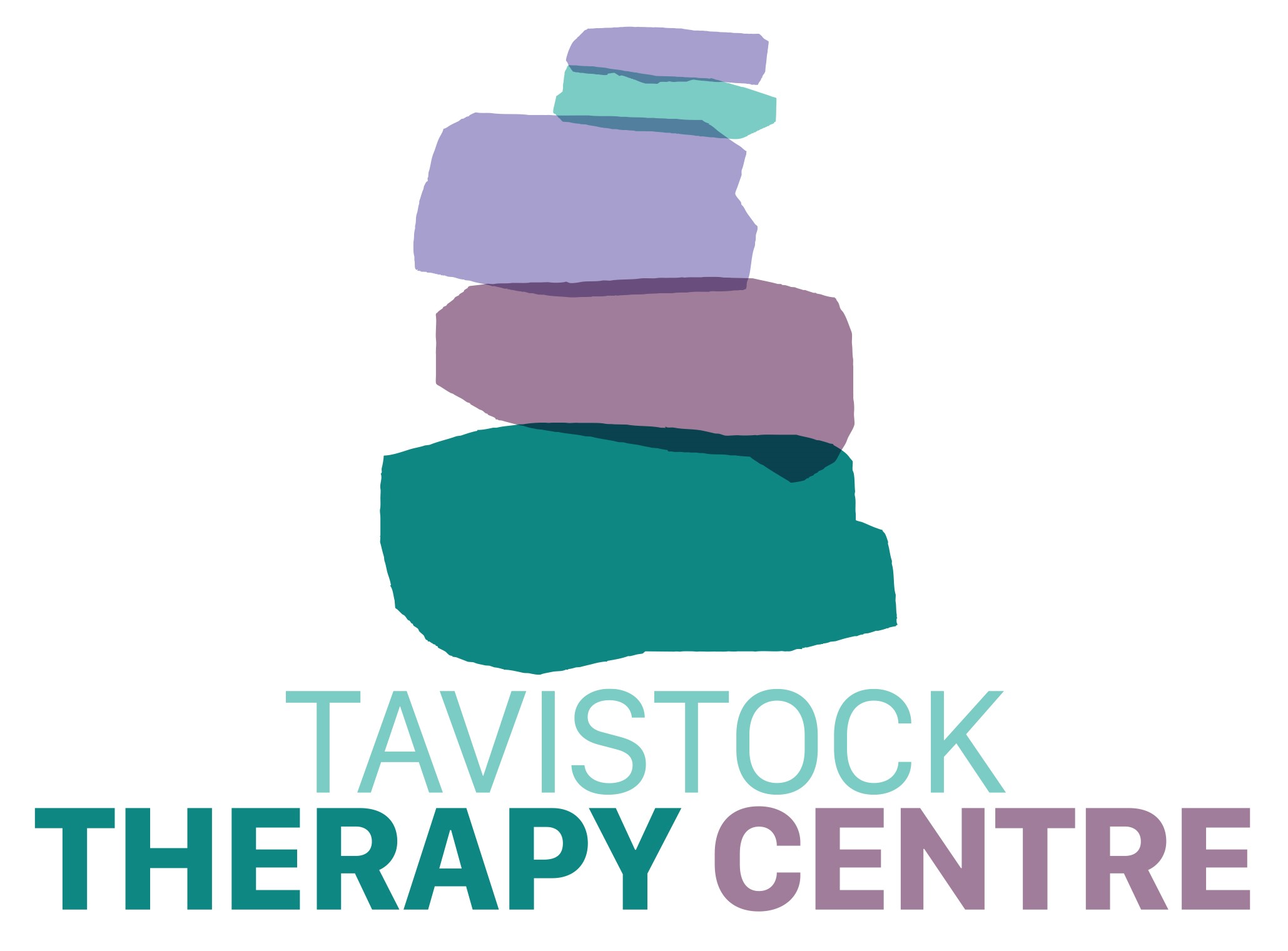
EMDR (Eye Movement Desensitization and Reprocessing) is a psychotherapy approach developed by Dr. Francine Shapiro to help people heal from trauma or adversities such as issues of abuse, bullying, domestic violence, grief/loss, attachment wounds, abandonment, PTSD, and many other complicated life issues. EMDR therapy is now validated as an evidence-based approach and is a NICE (National Institute for Health and Clinical Excellence) and WHO (World Health Organisation) recommended treatment.
EMDR therapy integrates elements of many traditional psychological making it a comprehensive approach.
How does EMDR work?
When a person is involved in a distressing event, they may feel overwhelmed and their brain may then be unable to process the information as it would a normal memory. The distressing memory or memories seem to become frozen on a neurological level and the memory can then be experienced rather like a stuck record.
When a person recalls the distressing memory, the person can even re-experience sights, sounds and even sensations and smells associated with the traumatic event.
EMDR uses alternate eye movements, sounds or taps to stimulate the brain and help to process difficult or traumatic memories. The aim of treatment is for you to ‘remember without distress’. The treatment adapts the frozen or blocked information so it no longer causes problems for the individual. The memories become less distressing and often just seem like ‘ordinary’ memories after treatment is completed.
EMDR is recommended by the National Institute of Clinical Excellence for the treatment of PTSD (Post Traumatic Stress Disorder) and it is also now commonly used for the treatment of problems such as complex bereavement, anxiety, phobias and depression.
Who is EMDR for?
EMDR is suitable for anyone feeling ‘stuck’ in a pattern or who is experiencing distress.
EMDR is primarily used to overcome symptoms associated with post-traumatic stress disorder (PTSD). However, EMDR has been found to effectively treat other mood and anxiety disorders, including depression, phobias, and panic disorder.
EMDR for Children
EMDR is validated for use with children.. We are fortunate to have two therapists who have undertaken specialist training in order to be able to provide EMDR for Children and Adolescents.
When yucky things happen, the brain has a hard time putting all the pieces together and as a result, things that people say or do or things that kids see, hear, smell or touch can bring up the yucky memories, the mixed-up thoughts, feelings and body feelings connected to those yucky things. EMDR helps the brain put all the pieces together so the yucky stuff can leave us and the good stuff or the things we learned from it can stay so we get stronger. Then, the brain can chew up and digest all the mixed-up feelings and thoughts as well as the yucky feelings we may have in the body.
(Ana Gomez EMDR Therapy and Adjunct Approaches with Children: Complex Trauma, Attachment and Dissociation.)
What to expect
EMDR has phases of treatment starting with an assessment followed by the stabilisation phase which introduces new strategies and psycho-education to help you better understand and regulate any distressing symptoms. The processing phase of treatment is when you will begin to work on distressing memories.
Typically, sessions last 60 minutes and the amount of sessions can range anywhere between 1 – 20 sessions depending on a person’s difficulties.




